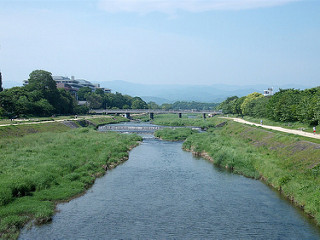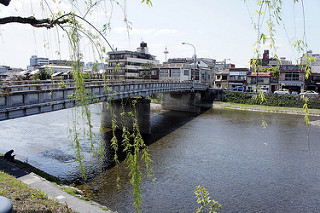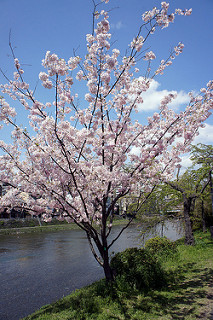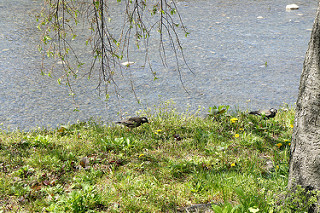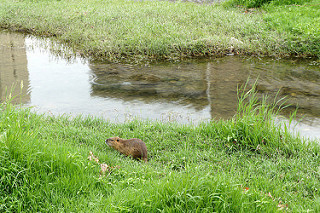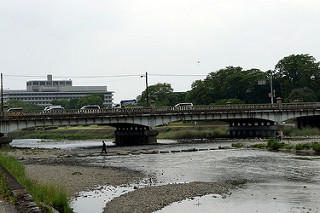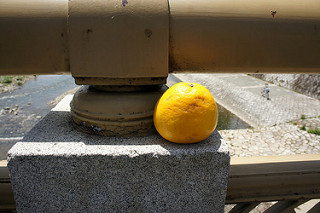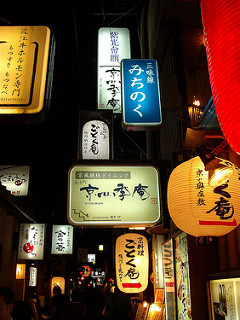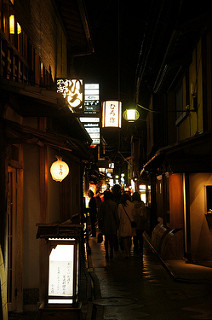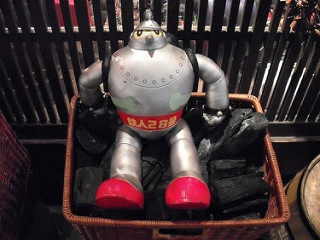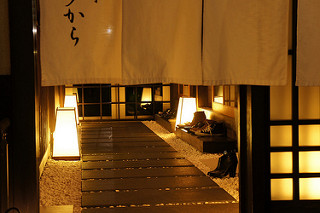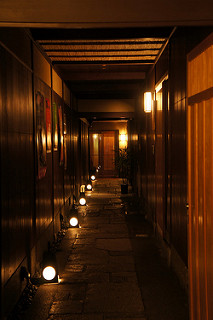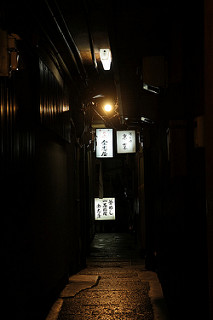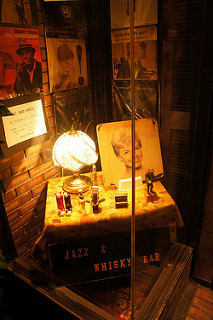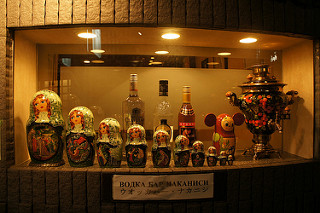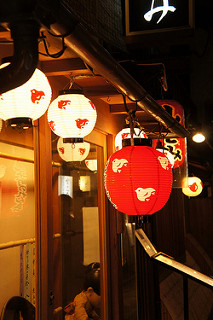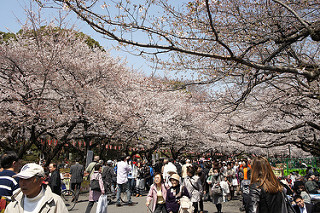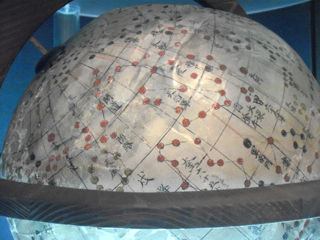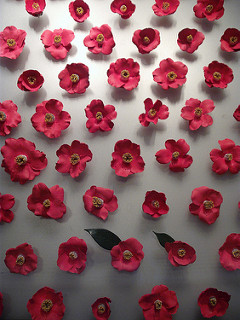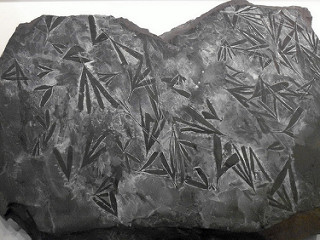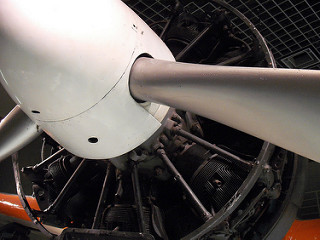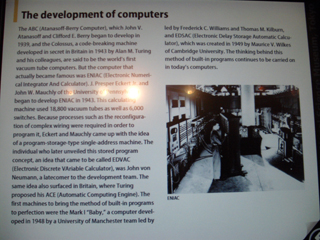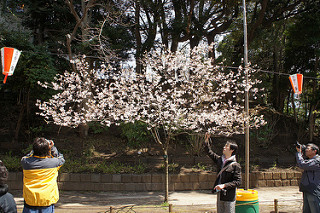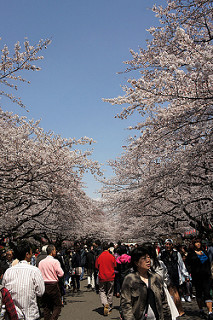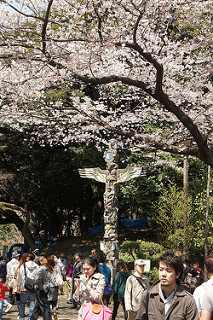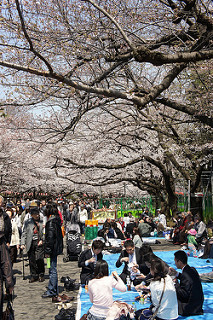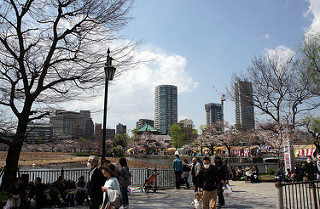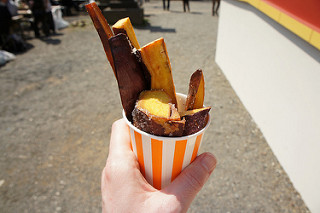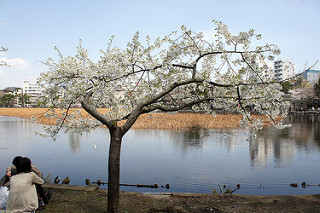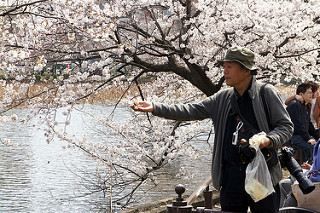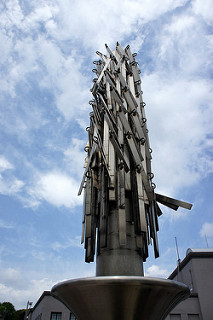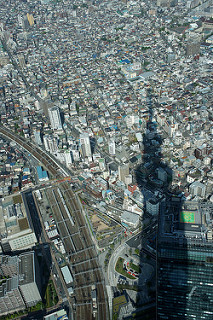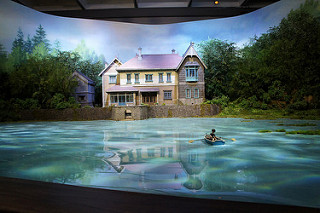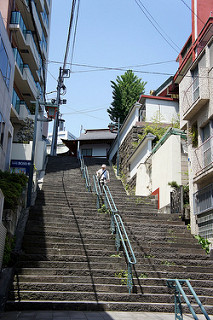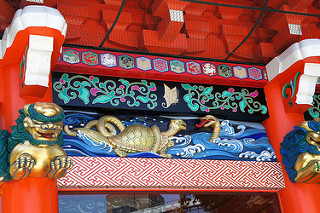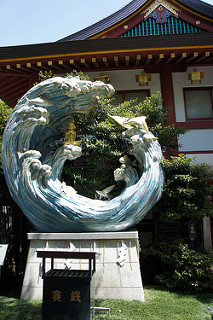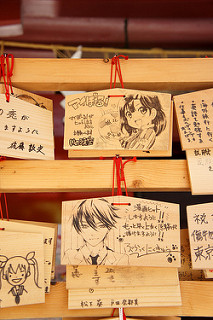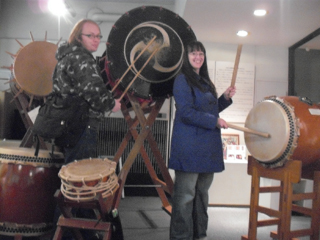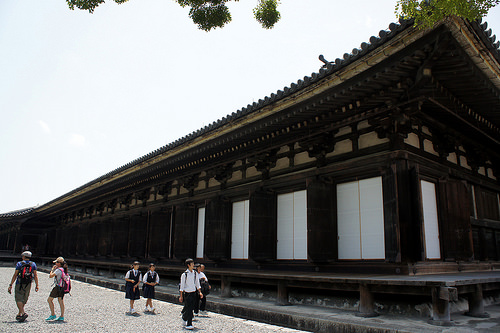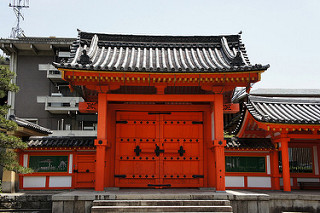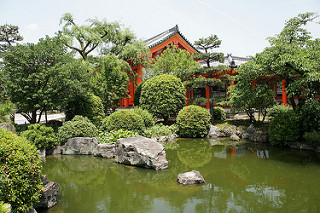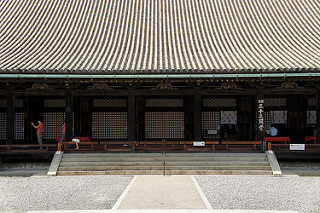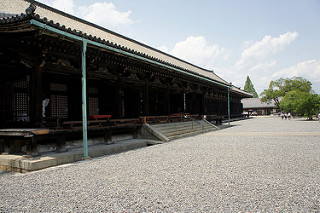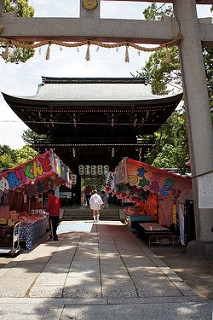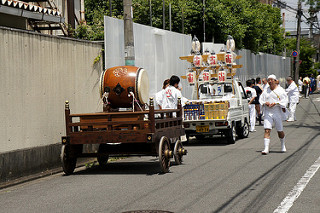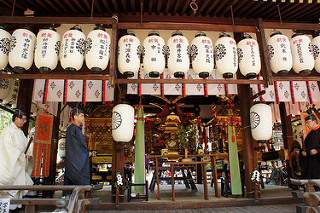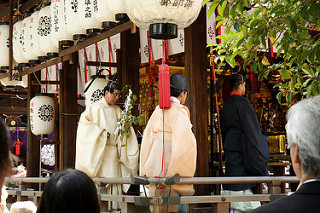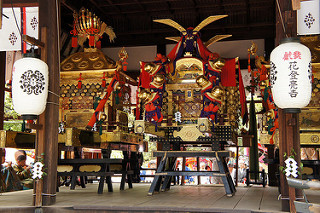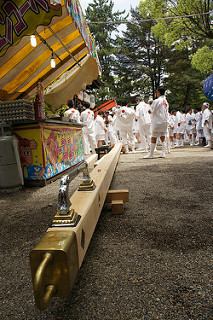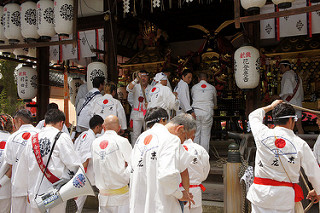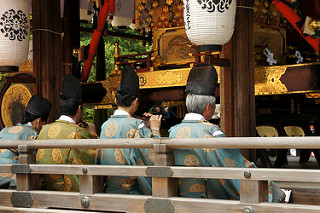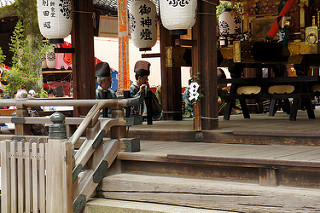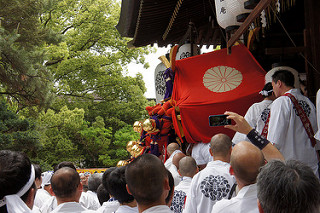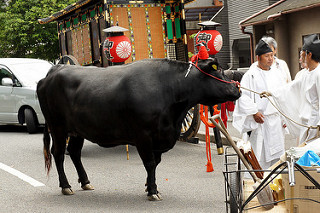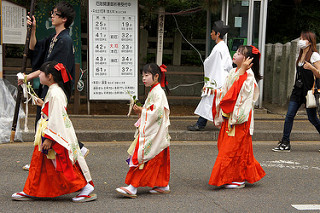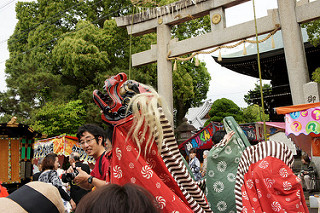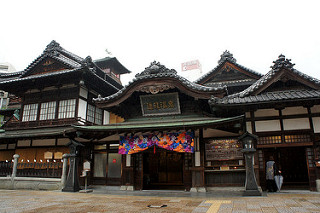
Ever since I first read Soseki’s Botchan, I have wanted to visit Dogo Onsen in Matsuyama. I did a lot of research into bathing at the famous Dogo Onsen Honkan, but not, as it turned out, quite enough.
My husband and I are very, very British. We don’t like taking our clothes off in public. As I was researching a trip to the Honkan, I became convinced that there was a private bath option available.
Come enjoy the public bathhouse atmosphere of the “Kami-no-yu”. Upstairs, you’ll find a large, open area made for onsen-goers to change into a “yukata” cotton bathrobe and relax while sipping tea and eating sweet cakes. The “Tama-no-yu”, on the other hand, is an elegant facility featuring private hot baths and famous for its Botchan Dango rice dumplings and chic atmosphere. (Rates for private baths vary.)
So said the official tourism website for Matsuyama City. I double checked on the Honkan’s own website, where I think I misunderstood “Private Room” to mean private bath. The consequences of all this turned out to be quite stressful!
Dogo Onsen is a hot spring resort to the east of central Matsuyama. It is thought to be the oldest hot spring in Japan, being referred to in the Nihon Shoki Chronicles. The symbol of the town is the Dogo Onsen Honkan, which was built in 1894. At the top of the three story building is a small tower with a white heron on top. This is the shinrakukan. The tower is glazed in red, and a lamp is lit inside in the evening to guide customers to the spring. Inside there is also a drum called Toki-Daiko (time drum). Every day at 6 a.m., the drum is beaten to announce that the Honkan is open. It is also beaten at noon and at 6 p.m.
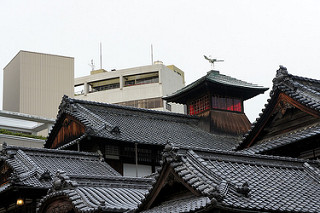
There is a legend about the heron that links to the discovery of the healing properties of the hot spring. The heron is said to have had an injured leg and was seen splashing about in a spring in an area called Sagitani, close to Dogo Onsen, on a daily basis. After a few days of this behaviour, the heron flew away and the local people saw that its leg had been completely healed. They started to bathe in the waters as well, and found them to be very relaxing. People with ailments also found the waters restorative, and so the onsen was born.
As well as the Honkan, there are plenty of other things to see and do in the small town. On the day we decided to visit, it was raining. We’d spent the morning at the Ehime Museum of Art looking around the Studio Ghibli exhibition about the making of When Marnie Was There (思い出のマーニー). We hopped on a tram that took us out to Dogo Onsen, which was a pleasantly winding journey on an old fashioned street car.

We arrived at a charming period-style station that evoked the era of Botchan. There was something Ghibli about it, in its clapboard styling and muted colours. Despite the rain, it was a pretty sight.

On our walk from the station to the Honkan, we passed the famous Botchan Karakuri clock, alongside a public foot spa in Hojoen Square. The clock is automated and “performs” every hour. We made a plan to come back later to watch the show.

To the side of the clock is a covered arcade that leads up the hill to the Honkan, passing Tsubaki no Yu, the secondary bath house in the town. At the end of the arcade was a plaza and the Honkan.
As well as featuring in Botchan, the Honkan is also famous for being the inspiration for the bath house in Spirited Away. It is a beautiful building. It was smaller than I was expecting, but perfectly proportioned.


There were plenty of people around, some of them in matching yukata with matching jackets over the top and towels around their shoulders, ready to strip off and slide into the hot spring. We went to the ticket counter and asked to buy two tickets for the Tama-no-Yu private bathing. Unfortunately for us, there is limited availability for this private bathing experience, and we were told that we would need to try again later.
We spent a little time wandering around the shops in the arcade, where we met a ginger cat who wanted to be our friend. Perhaps he was drawn to my akage-no-otto (赤毛の夫).

We bought a few bits and pieces as souvenirs and looked at the Botchan train. We also found a statue of the writer Masaoka Shiki, who was born in Matsuyama.


Back at the Honkan, we purchased our tickets, left our footwear in the lockers, and were shown up to the third floor. The building is amazing inside, a warren of corridors and steep staircases, with people bustling around. The private rooms are on the third floor. We were given yukata decorated with white herons and hired some lovely thick towels, then we were shown to our private room. We changed into our yukata and locked our belongings in the cupboard, then rang the bell for our assistant to collect us.
She showed us down to the second floor, and this is where it got messy. As I mentioned above, I had become convinced that there was going to be a private bath that my husband and I could share. When the attendant showed us the laminated explanation sheets and instructed us to go separately to the men’s and women’s private baths, I asked where our private bath was. He didn’t understand me, and told me again to go to the women’s bath, the private one, and then down to the lower women’s bath afterwards, the public bath. I tried to say to my husband that I didn’t understand the attendant and he didn’t understand me and we were going to have to go with the flow, but we were busily being ushered to our respective baths, so I think my message across the room got lost. I headed to the women’s Tama-no-Yu and assumed that my husband had headed to the men’s bath.
I am very short sighted, so I told myself that this would be an experience, and if people decided to stare at me because I am Western, I wouldn’t be able to see without my glasses on, and then I got on with it.
It was quiet in the Tama-no-Yu bath. I had read up on onsen etiquette on a couple of sites, and there were also instructions on a travel blog about visiting Dogo Onsen Honkan. There were further instructions in the changing room, too. I took off my yukata and put it with my glasses into the locker, then slipped the locker key onto my wrist. I sat on a small wooden stool in the shower area and rinsed my body, then used the deliciously fragrant orange blossom soap to wash myself before rinsing again.
I made my way to the bath. There were three women already in there, and they made space for me to slide into the bath. I dropped my towel and made it sopping wet, so one of the women indicated that I should place it onto the window ledge. That was all the interaction I experienced.
The water in the Tama-no-Yu bath was hot but not scalding. I sat on a small ledge initially, to get my body used to the heat. The water felt like silk. Gradually I immersed myself fully and bobbed about a bit close to the edge. The other women were crouching in the water, walking around a little. I copied one of them and got out of the bath partway through to shower and soap again, then got back into the bath after rinsing myself off. I struggled with the showers, which were on a timer tap, so I couldn’t rinse off as quickly as I wanted to. I felt pretty exposed, crouching and waiting for the water pressure to build again for the shower.
I managed a few more minutes in the bath, and eventually there was only me and another woman, so I was able to move next to the open window to cool down a little. Then I dried off and put my yukata back on, using the hairdryer in the changing room to try to get my hair under control. It didn’t work, and I became the frizz queen as I usually do when I don’t have access to conditioner and hair straighteners!
I made my way up to the second floor and tried to get up the stairs to the third floor to meet up again with my husband and find out how he had got on. I wasn’t allowed to return to the private room, though. The attendants were very insistent that I should also enjoy the larger public bath, the Kami-no-Yu. I really didn’t want to, but I didn’t want to seem rude, so I headed off down the stairs and across the corridor to a large public changing room.
Fortunately, there weren’t many people in there, and I found a quiet corner to slip out of my yukata, trying to cover my modesty with my towel. I went through the sliding door into the steamy large public bath. I repeated the rinse, soap, rinse ritual and then got into the bath. It was incredibly hot. So much hotter than the water in Tama-no-Yu. I didn’t last very long, sitting by myself, feeling as though I was slowly being boiled alive. I started to feel light headed and decided that enough was enough.
I found the experience in the public bath a lot more difficult than that in the smaller bath upstairs. I think the fact that only a handful of people could use Tama-no-Yu at one time made me feel less like I was having the experience alone. Surrounded by families and groups of friends enjoying the hot spring water together, chatting and having a laugh, made me very aware that I was in there on my own and I had nothing to do. While I like my own company, I’m not very good at solitary pursuits where I can’t read or write or listen to music. Sitting in boiling water, unable to focus on anything, trying not to gaze at the blurry forms around me, made me feel oddly lonely.
I returned to the changing room, dried off and put my yukata back on, then headed back upstairs. My poor husband was sitting in the room, very dry, and not looking too happy. He hadn’t gone through to the bath and had been sitting in the room, waiting for me to return. It was a sad end to what should have been a lovely experience that we shared together. Talking to our friend who is Japanese when we returned home, he told us that there are places where you can have a private bath, where couples can share the bathing experience, and asked us to let him know next time we would be in Japan so that he could help us to find somewhere.
We had our green tea and ate our Botchan Dango dumplings, but didn’t linger in the room. Outside later on, we saw that people opened up their shutters and stood out on the balconies enjoying the view as they sipped their tea. I wish that we had done that, but we were both too stressed by the unexpected turn our visit to the onsen had taken. We even left without taking the tour of the Emperor’s private bathing rooms, we were so shellshocked!
We cheered ourselves up with a slice of Matsuyama Tart and made our way back to the Botchan Karakuri clock. The show is quite something. The clock expands upwards and outwards to display different scenes from the novel, and it plays music and dialogue. I was transfixed, pointing out the different scenes to my husband. It was the perfect end to a strange afternoon!

In putting together this post, I found a question that someone else asked on the Trip Advisor forum, about whether there are private baths at Dogo Onsen Honkan. I wish I’d found it before we went there. But then again, I wouldn’t have had the experience that I did have, and I enjoyed relaxing in the smaller, quieter bath. I also liked how soft my skin felt after the bath, and the smell of the soap. It was a good experience, just not the one I was expecting.
If you’re brave and don’t mind getting your kit off in front of strangers and then getting into a bath with them, I’d say do it. If you’re a little shy in the public nakedness stakes, then maybe give it a miss. But if you do decide to visit Dogo Onsen Honkan, I really recommend the private room experience if only for the tea and dumplings at the end, and the chance to lounge around in a tatami room with sliding shutters, imagining you’re in a scene from Botchan or Spirited Away.
